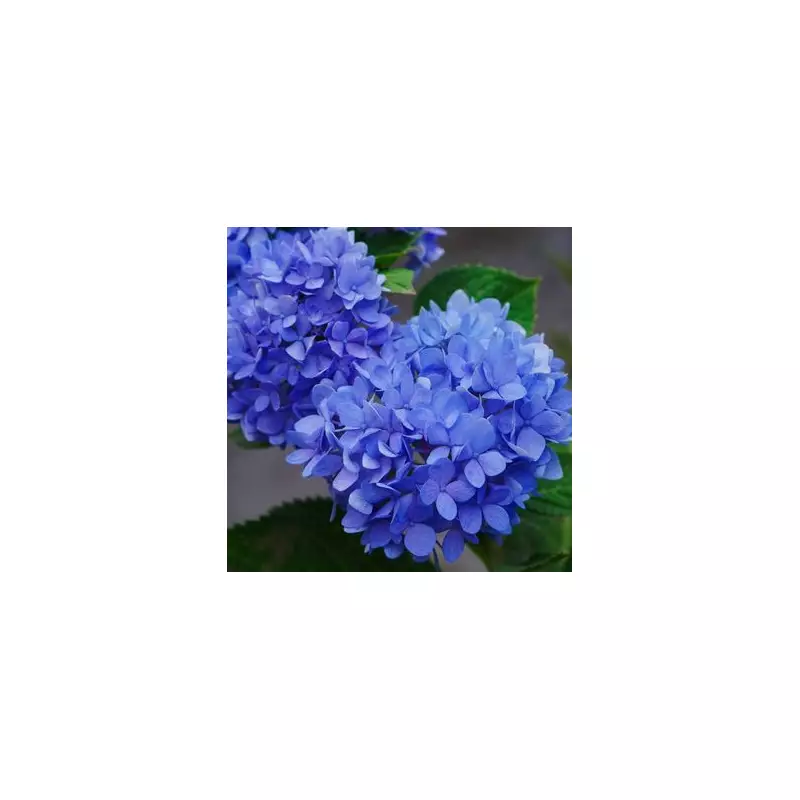
As the golden hues of autumn descend upon British gardens, hydrangea enthusiasts face a crucial decision that could determine next year's floral display. The question of whether to deadhead these beloved shrubs has gardeners divided, but expert advice reveals a clear path to thriving plants.
The Great Autumn Debate: To Deadhead or Not?
Many gardeners approach autumn with secateurs in hand, eager to tidy their hydrangeas for winter. However, the timing and technique of deadheading can mean the difference between a spectacular show next summer and disappointing results.
Why Autumn Deadheading Matters
Proper deadheading serves multiple purposes beyond mere aesthetics. Removing spent blooms redirects the plant's energy toward root development rather than seed production. This strengthens the hydrangea during its dormant period and sets the stage for vigorous growth come spring.
The Expert Technique for Perfect Pruning
When deadheading hydrangeas, precision is paramount. Follow these steps for optimal results:
- Identify the correct cutting point: Locate the first set of healthy buds below the faded flower head
- Use sharp, clean secateurs: Make a clean cut approximately 1-2cm above the buds
- Avoid cutting too low: Preserve next year's flowering potential by not removing emerging buds
- Timing is everything: Complete deadheading before the first hard frost arrives
Which Hydrangeas Need Your Attention?
Not all hydrangeas require the same approach. Mophead and lacecap varieties (Hydrangea macrophylla) benefit most from autumn deadheading, while panicle hydrangeas (Hydrangea paniculata) can be left until spring.
The Winter Protection Bonus
Leaving some older flower heads through winter provides unexpected benefits. The dried blooms offer natural protection to delicate new buds from frost damage and harsh weather conditions, acting as miniature insulating hats for your plant's future flowers.
Avoid These Common Mistakes
Many well-intentioned gardeners jeopardise next year's display through improper technique. Never cut into old wood without visible buds, and resist the temptation to hard prune in autumn. Remember that over-enthusiastic cutting now could mean fewer flowers next summer.
By mastering autumn hydrangea care, you're not just tidying your garden—you're investing in next year's breathtaking floral spectacle. With these expert techniques, your hydrangeas will reward you with vibrant, healthy blooms that become the envy of the neighbourhood.
